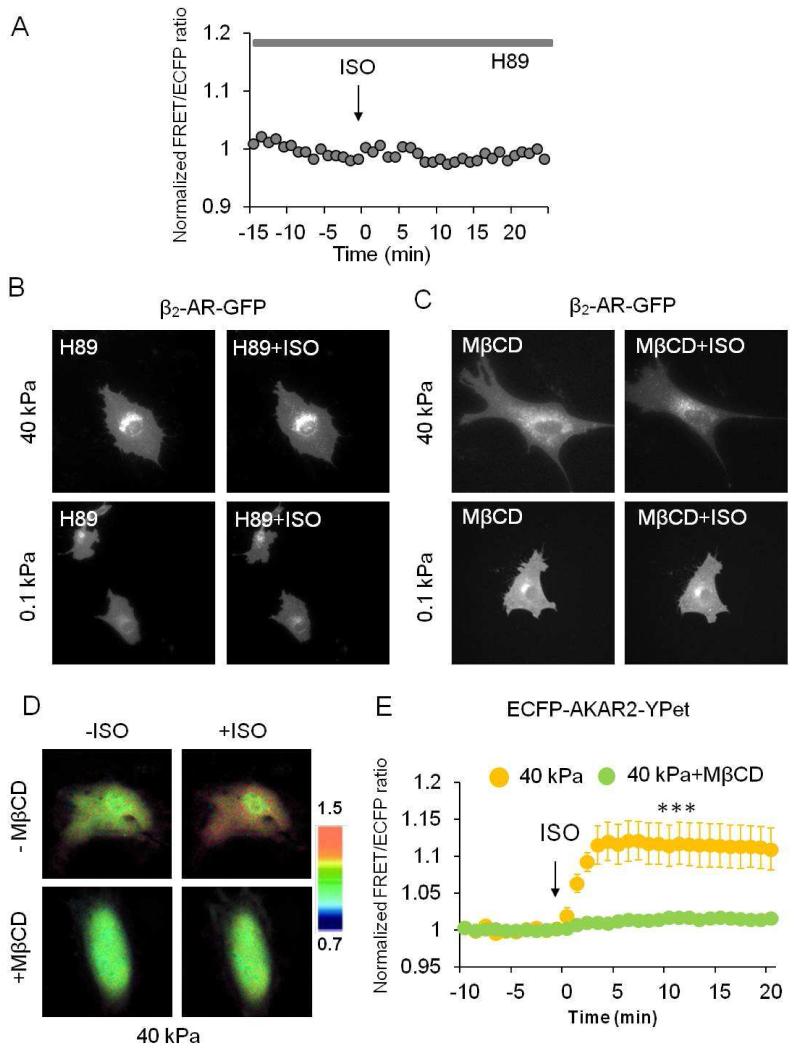Figure 4. The ISO-induced PKA activation and receptor internalization form a feedback loop.
(A) Time courses of emission ratio in the cells pretreated with H89 (20 μM), a PKA inhibitor, in response to ISO. H89 inhibits FRET emission ratio in ECFP-AKAR2-YPet transfected HMSCs. Similar results were observed in three independent experiments. (B) H89 inhibits ISO-induced internalization of β2-AR on both hard (40 kPa) and soft (0.1 kPa) gels. Similar results were observed in three independent experiments. (C) MβCD treatment inhibits ISO-induced β2-AR internalization in HMSCs cultured on both hard (40 kPa) and soft (0.1 kPa) gels. (D-E) FRET/ECFP emission ratio images and time courses revealed that the disruption of lipid rafts and receptor internalization by MβCD blocks ISO-induced PKA activation on hard gels (40 kPa) (n=6, ***P<0.001), whereas untreated cells still show the FRET increase in response to ISO (n=7).

